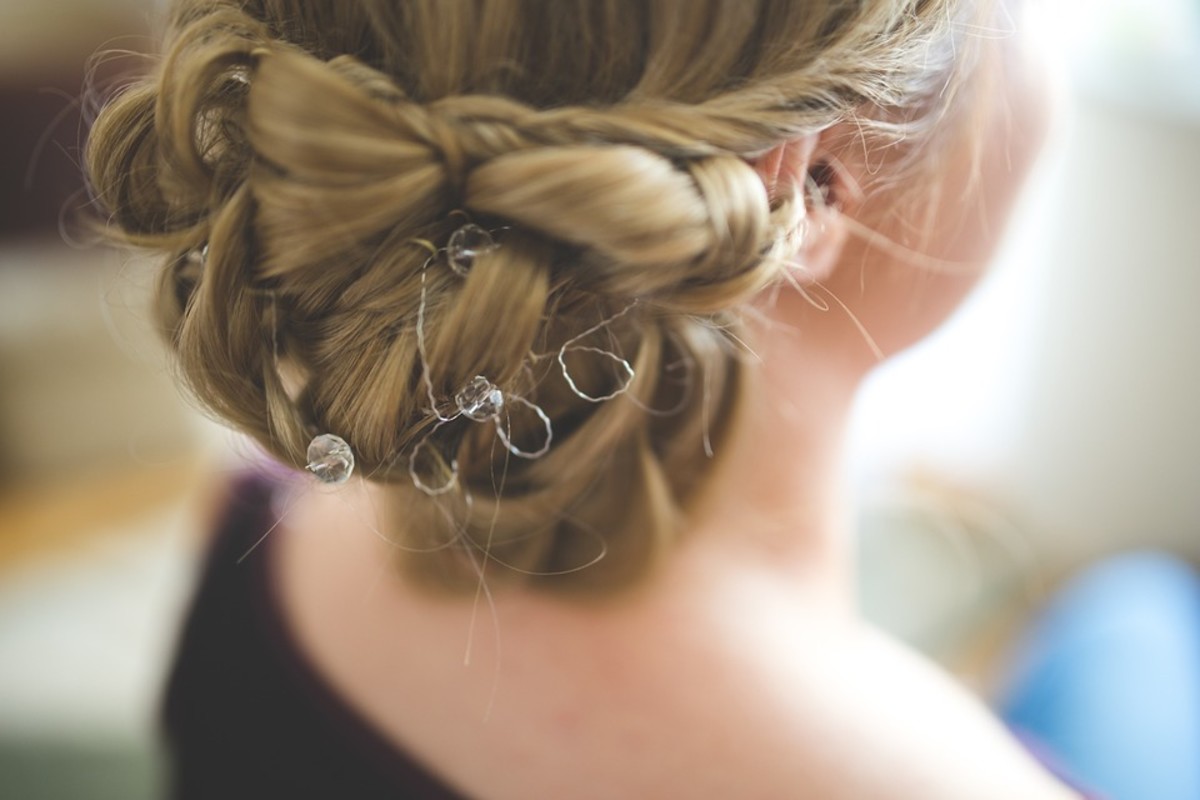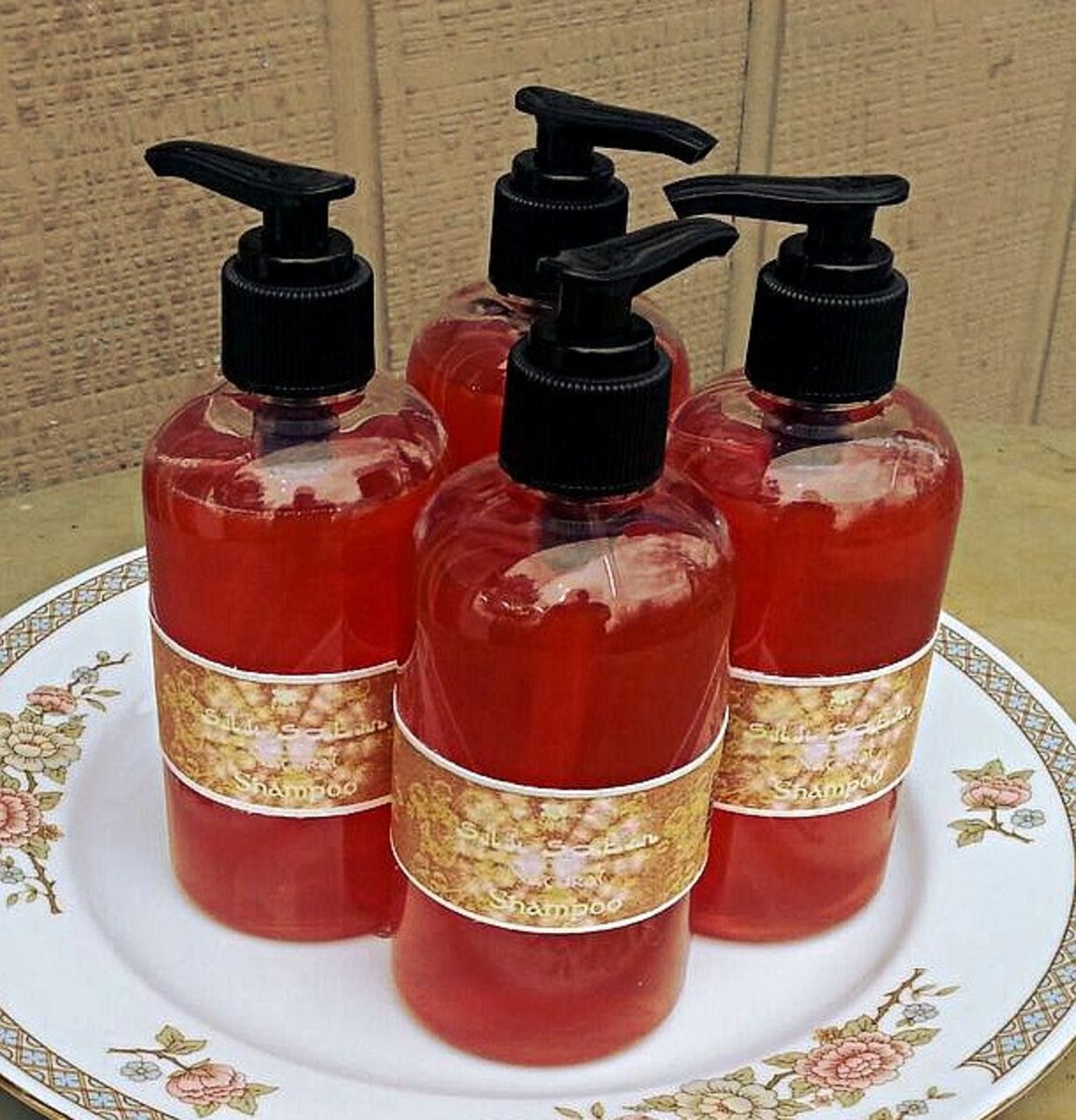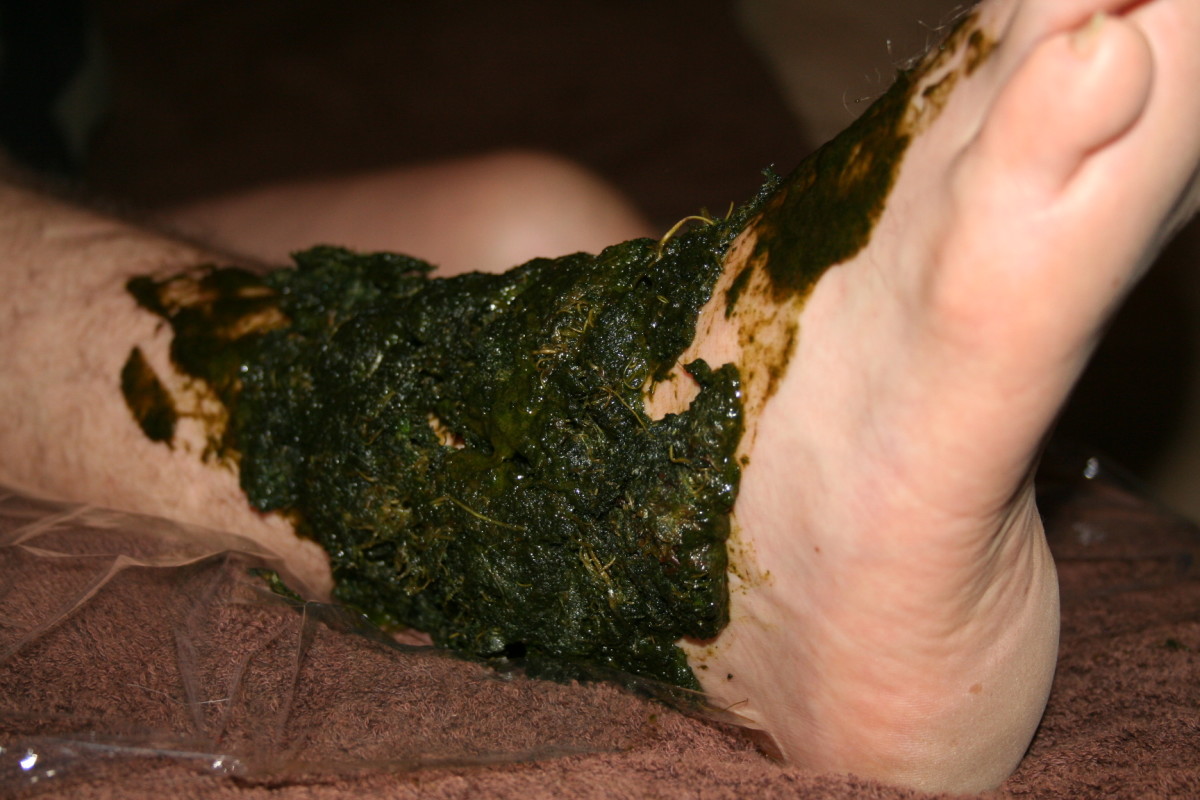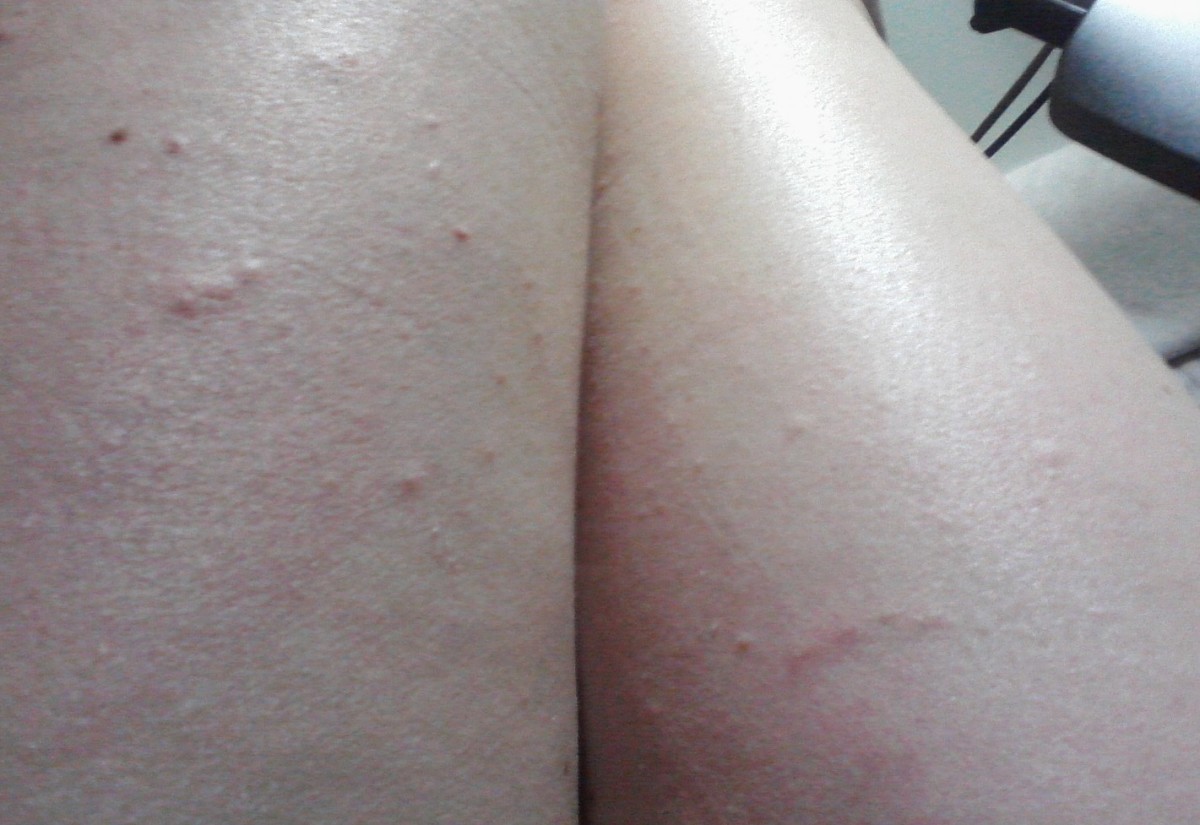Top 3 Reasons Processed Hair Needs Protein
Introduction
When most of us experience hair issues such as breakage, the first thing we think about is how to fix this breakage. If your hair is dry and damaged then it is only natural to assume that your hair needs a dose of moisture. But is moisture what your hair really needs? How can you tell when your hair needs a protein reconstructive treatment or a protein reconstructive hair mask instead of just some extra.. moisture?
Now before continuing, it is important to differentiate between a protein reconstructive treatment, mask and a regular protein conditioner. To keep things simple, a protein conditioner contains a healthy amount of protein in it, however the particle size of the protein means that it is too large to actually penetrate the hair’s cortex, therefore protein conditioners only act on the surface of the hair’s cuticle and are unable to penetrate the hair shaft.
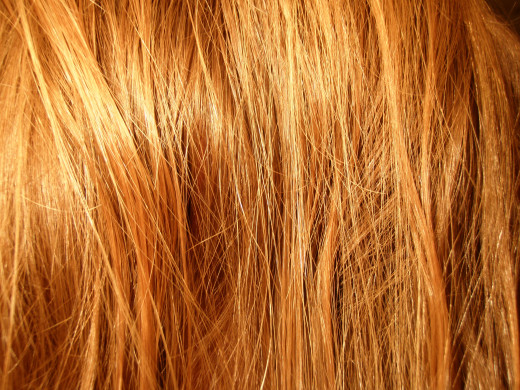
Protein Reconstructors vs Protein Hair Masks
Protein reconstructors and protein hair masks are a completely different thing. They are designed to penetrate the hair’s shaft and therefore the protein particles are hydrolysed to make them smaller and therefore able to penetrate the hair’s cortex and repair damage deep within the hair strand. Reconstructive treatments can come in the form of liquids and serums and usually require a follow up moisturizing conditioner, a perfect example of this is the ApHoghee two step treatment, or the Babyface Pure Protein treatment. Babyface’s pure protein treatment tries to skip the extra step by advising you to mix the treatment with a moisturizing hair mask before applying it to the hair. The problem with this is you have to decide how much of the treatment to include in your moisturizing treatment. Add too much and your hair will end up hard and dry.
Protein hair masks on the other hand are formulated with hydrolysed protein for better penetration, and also contain moisturizing ingredients. They are usually a heavy cream based product that can be applied to the hair and left on for 15 minutes or more to allow the hair to absorb nutrients, and for the protein to repair and strengthen the hair. Protein hair masks take the guess work out of the amount of protein to add to your conditioner, or what moisturizing treatment to follow it up with.
Now that that’s been cleared up let’s tackle the signs our hair presents us with when its in need of protein.
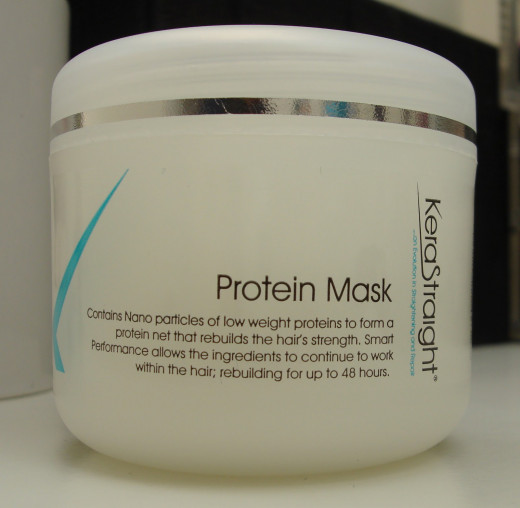
List of signs your hair needs protein
1) Chemically processed hair that is prone to breakage – chemical processes such as relaxers and colouring raise the cuticle and cause damage to the hair’s cuticle in the process. The alkalinity of the products are designed to raise the cuticle so the product can penetrate the hair shaft in order to straighten or colour the hair, that is why they are usually followed by a neutralizing step to lower the hair’s pH and close the cuticle after the process is complete. The problem is the damage has already been caused and this damage leads to weakness along the hair shaft which results in dryness and breakage. Using a protein hair treatment, whether hair mask or reconstructor will help repair the damaged cuticle, sealing in moisture and strengthen the hair at the same time. Using a protein conditioner will not repair internal damage.
2) Your hair is weak and over moisturized – if your hair care regimen comprises mainly of moisturizing hair products then your hair can become over moisturized. Over moisturized hair tends to be stretchy and limp. This can also happen if you co wash and avoid using shampoos. Co washing is using a conditioner to wash your hair and completely skipping the shampoo step all together. This is a popular trend amongst people who have dry hair and want to avoid using shampoos because some shampoos can strip your hair of its natural oils. If you co wash regularly, it is advisable to use a clarifying shampoo periodically to remove product buildup.
3) Experiencing excessive shedding after a chemical process - chemical processing breaks your hair’s natural protein bonds so it is vital to strengthen the reformed and weaker bonds with protein. If you relax your hair, then try following the relaxer application process with a protein treatment straight away to alleviate some of the harm the relaxer has caused. An alternative is to use hair relaxers that contain protein to strengthen the hair during the process. Also avoid swimming a week after a relaxer application. This is because the hair is fragile after a relaxer application and the chlorine particles from a pool will bond to your hair and penetrate any gaps in the cuticle left behind after the relaxer application. Chlorine will cause dryness and cause further breakage.
These signs apply to all chemically processed hair, regardless of texture, or ethnicity. So next time you are buying products for your hair, make sure you include a protein treatment on your list.



